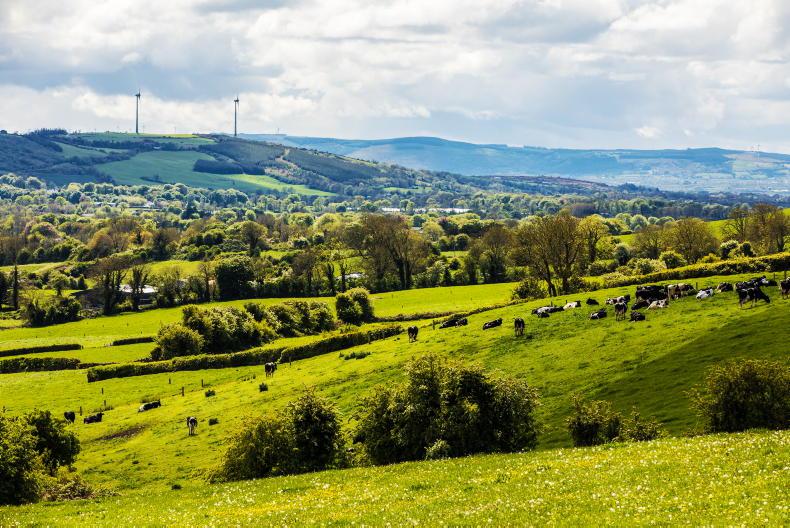The agriculture sector has a credible roadmap to meet its 2030 emissions reduction targets contained in the Climate Action Plan, the Minister for Agriculture Charlie McConalogue has said.
The Minister was speaking to the Irish Farmers Journal following the publication of the Environmental Protection Agency’s (EPA) emissions projections, which found that the sector’s emissions could fall by up to 20% by 2030. That would be 5% short of its legally-binding 25% target.
“Farmers are taking a real leadership approach to meeting our ambitious climate targets. Farmers are the most engaged sector of society and the economy in the space of climate change.
"We have a credible roadmap for meeting our 2030 targets contained within the Climate Action Plan. Through the work of the Food Vision 2030 sectoral groups, we are now stepping up those plans and targets through tangible actions.
“Farmers and their representatives are fully subscribed to this work. As the decade progresses, new and emerging scientific advancements will also help us reach our targets,” he said.
Teagasc director Frank O’Mara told the Irish Farmers Journal that the EPA projections are both positive and challenging in relation to agriculture.
“They are positive in that a 20% reduction in agricultural emissions is achievable with the measures and policies that are currently in place. This is a long way to the 25% target, but will not fully deliver it.
"In this analysis, the EPA only includes measures where a clear implementation plan in already in place. They excluded diversification measures such as anaerobic digestion, saying that further information is needed to model an implementation pathway for these measures,” he said.
Prof O’Mara added that new science based on research that is being conducted by the Teagasc Climate Centre and others will emerge in the coming years, and that a new Teagasc marginal abatement cost curve (MACC) will be published soon.
This will give more clarity in terms of the measures available and the extent to which they can deliver the 2030 reduction targets, he said.
The EPA has projected a fall in agricultural emissions in two scenarios for 2030 – one scenario, using the measures currently being implemented by farmers, would see emissions fall by 4%, and another scenario, which includes full uptake of Climate Action Plan and MACC measures, would see emissions fall by up to 20%.
Stephen Treacy, senior scientific officer in the emissions statistics section at the EPA, warned that while the additional measures show what could be achieved, it doesn’t mean that they are “on track for delivery”.
“All sectors will have difficulty meeting their carbon budgets. It is a big challenge, but everyone has to go in and do their bit, whether that’s at Government, individual or policy level. There is a huge amount of action needed,” he said.









SHARING OPTIONS